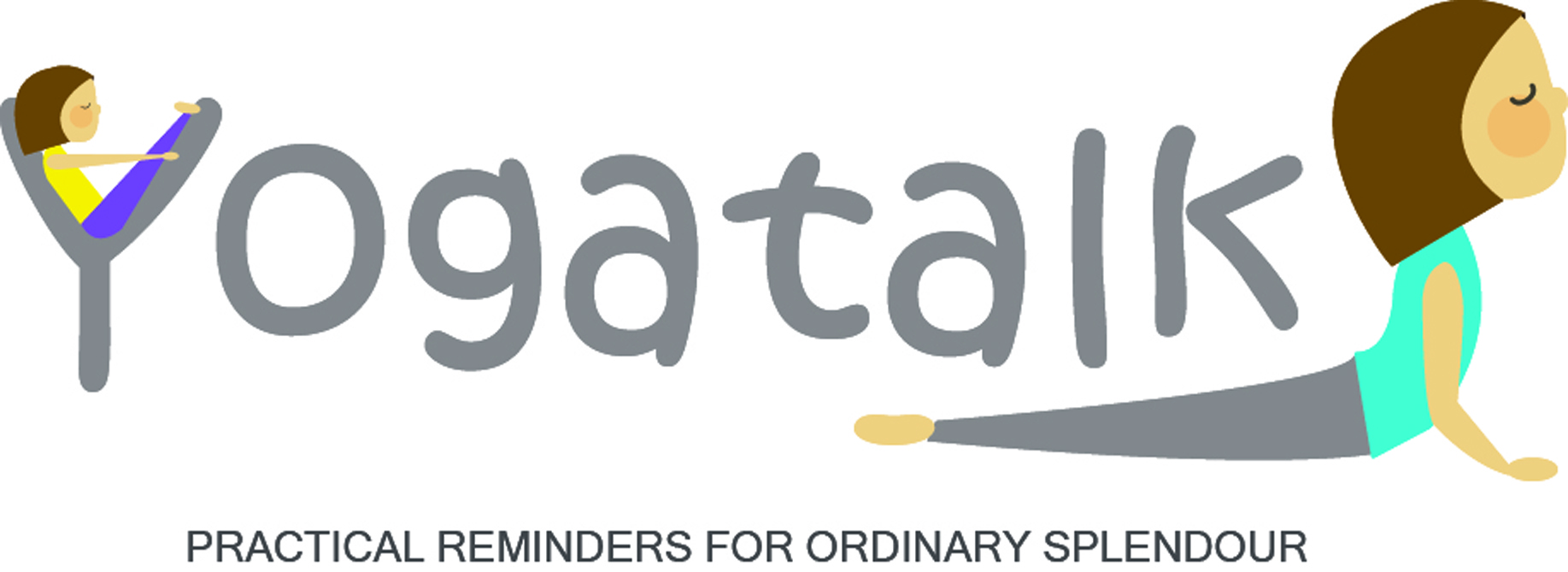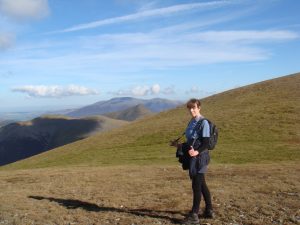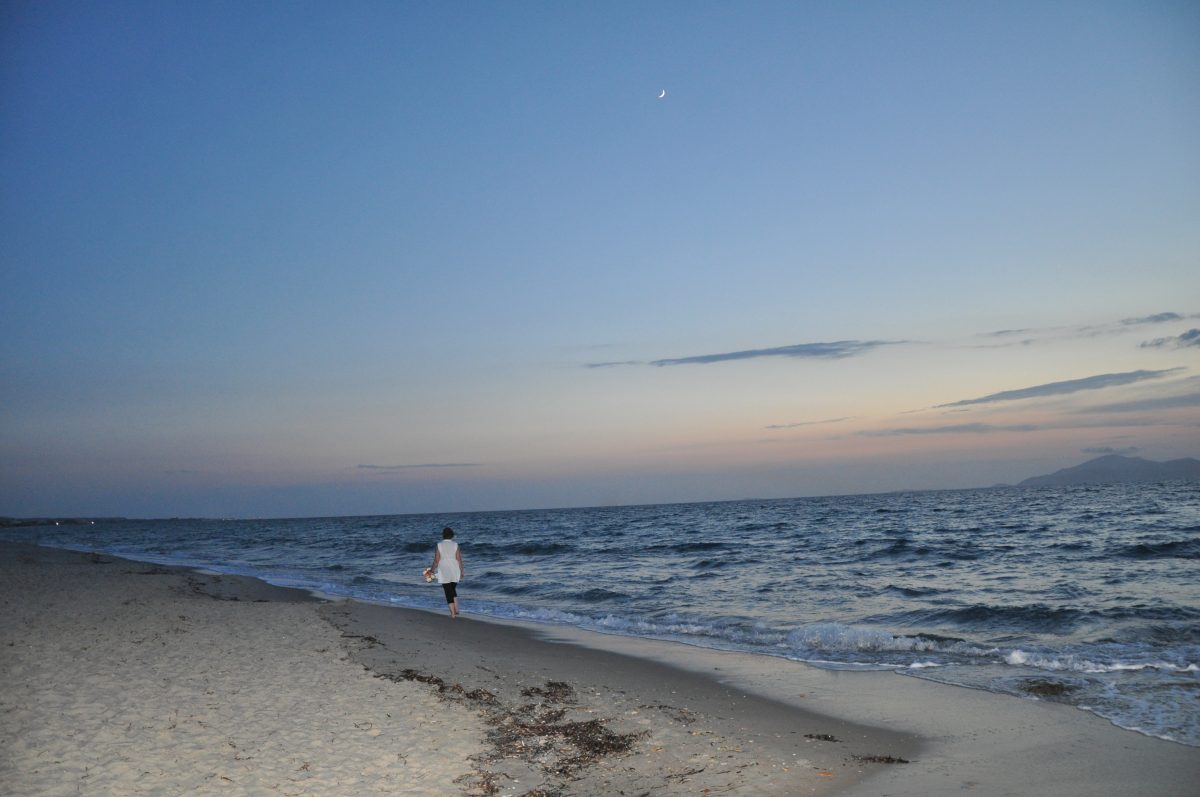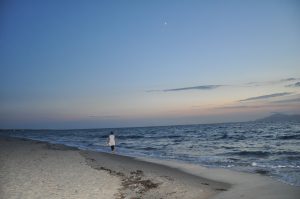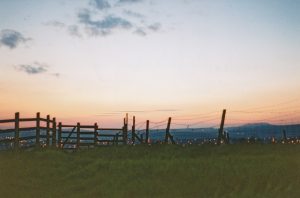Our bodies are made for movement, which benefits all the physical systems; if lacking, we suffer greatly by its absence.
Not having to walk everywhere, especially when laden, is a labour-saving luxury of modern living – and too easily taken for granted. The benefit can also be a deprivation, robbing us of the free joy of walking as part of everyday life. This is an especial pleasure when hands-free, comfortably shod and without the pressure of rushing. Walking in fresh country air is a tonic, but an urban walk can still help blow the cobwebs away, if the air quality is half decent.
We can tell a lot by someone’s way of walking, it advertises their condition and frame of mind. What we were born like, what’s happened to us since, and how we are now, are all distilled into our present gait; and this in turn is setting patterns for how easily we will be moving in the future.
Mind-set is a major influence on a person’s ease of movement and bearing; affecting their whole self – how they breathe, how they hold muscular tension, their attitude and interactions with the world around them, and how they feel about themselves.
Conversely, as mental state influences manner of movement, so does that moving affect mental state – for better or for worse. So we all have the ability to influence how we feel by the way that we move, and vice versa.
A spring in the step helps improve the mood, whereas nothing positive will come of shuffling about in a state of collapse.
Awareness, attitude and lifestyle reflect on how we move. It’s unfortunately too common now for a person’s variety of movement to become more restricted with age. Consider the effect of taking very little exercise and sitting around too much – basically moving from bed to car to office to car to sofa and back to bed again for too many years.
If a body no longer moves in diverse ways it will soon forget how to, will no longer be able to. Then, tragically, the rich joy of free movement may remain at best a vague and elusive childhood memory.
Observation of many yoga practitioners confirms that the older person can move with the flourish and vitality of a child. Thankfully, subliminal lost movement can be restored, through conscious practice, till once again it becomes intuitive.
Mental state affects wellness. A positive person with physical restrictions can be more comfortable in their skin than one at peak fitness but with a gloomy state of mind.
One becomes as one repeatedly does. Habits, better or worse, can be easier to spot in others than in our own self. The gait speaks volumes. A mincing one may be consciously cultivated to present a character to the world, as may be the jaunty, athletic one, giving the impression of someone who takes life in their stride. The heaviness of a footfall is also revealing; so too is the pattern of wear on someone’s shoes.
A more attuned awareness helps us see the direction we, and others, are heading in. Many do have mobility problems by early adulthood; all the more tragic when earlier recognition could have helped prevent serious health issues.
Many people don’t actually like their feet, and many do unwittingly wear shoes which are too small, so the feet become accustomed to their discomfort. Footwear is obviously a brilliant invention which has had a massive positive impact on our success as a species; but apparently our modern feet are too dependent on our shoes. It seems that human feet are generally becoming more mobile but not as strong; we no longer have the bounce and find it harder to do without our shoes. Lack of variety in the surfaces we walk on also doesn’t help – floors, pavements, too much time in heels and too little time spent barefoot.
It‘s easy to blame the feet, rather than the way we are using them. What we do with one part always influences the function of the whole – a problem toe may cause us to walk badly which puts pressure on the leg and hurts the knee, our lopsided gait leads to a problem hip which causes back pain, then having to leave a job we love, depression sets in and things are not looking good – all because of one problem toe!
Appreciating the importance of how we walk is power in our hands. Positive change may take some time, or come to us in an instant.
A walk may be a mindless rush, with the major focus on getting somewhere. But we do have a choice, and this can determine our condition upon arrival.
Kit Hartley. Lidgett. May 2017
